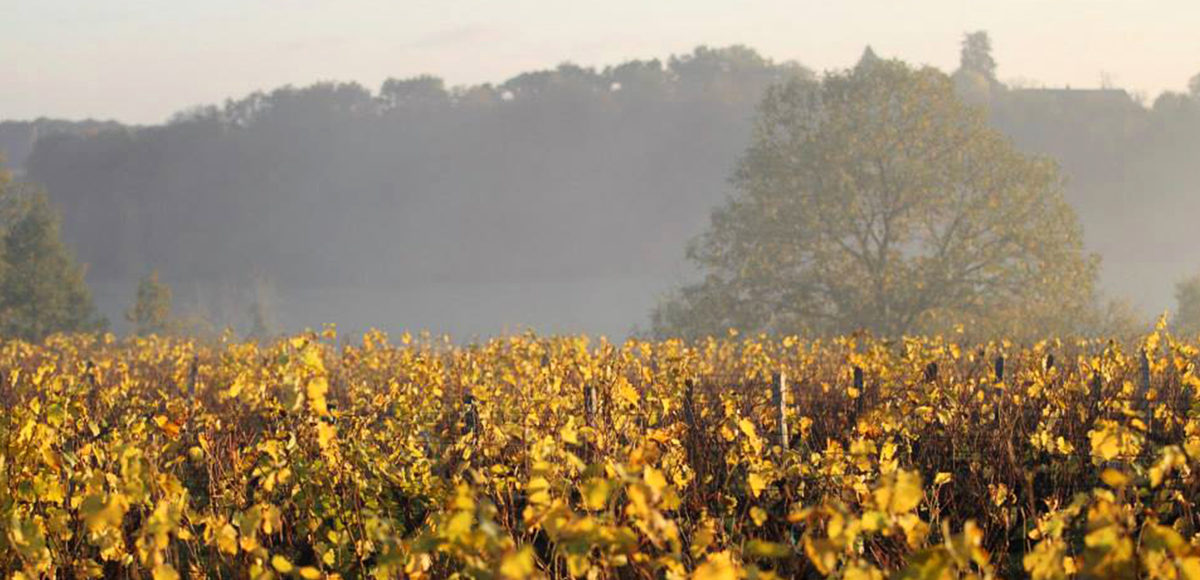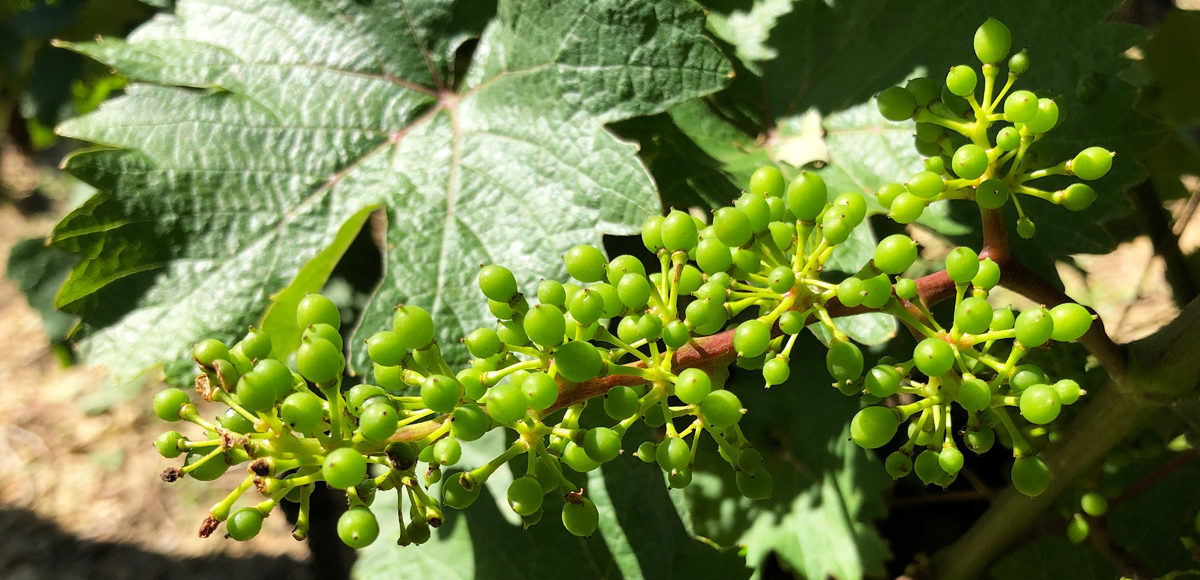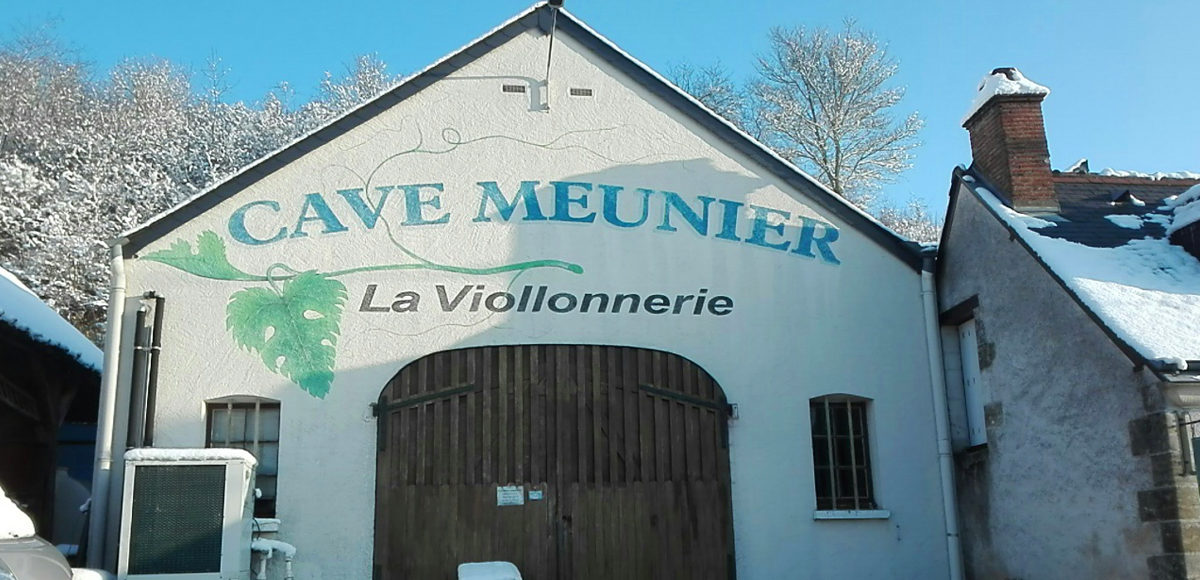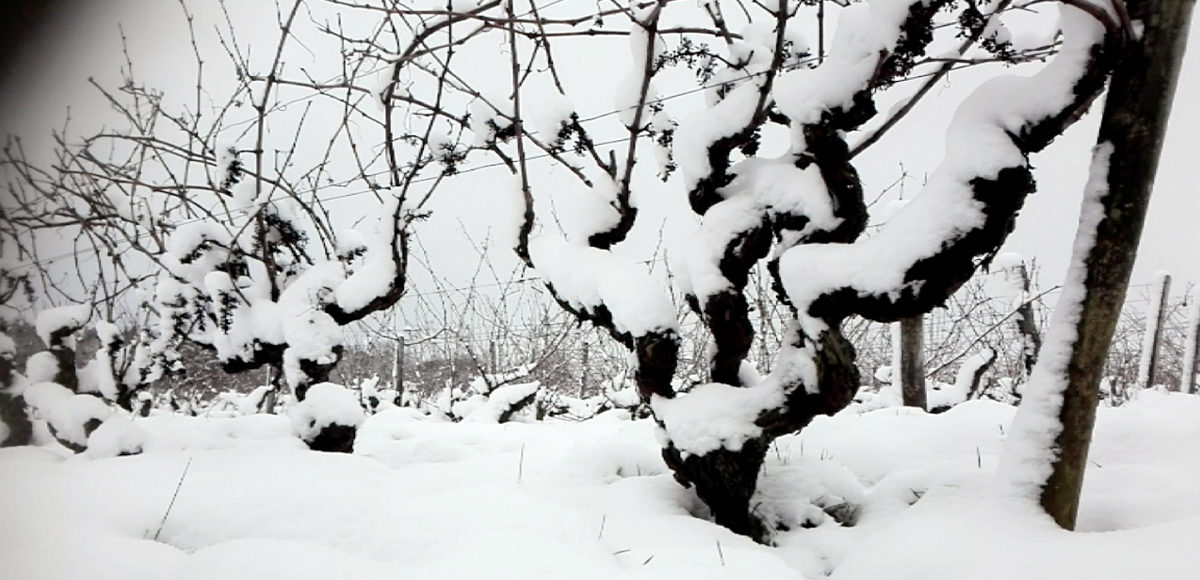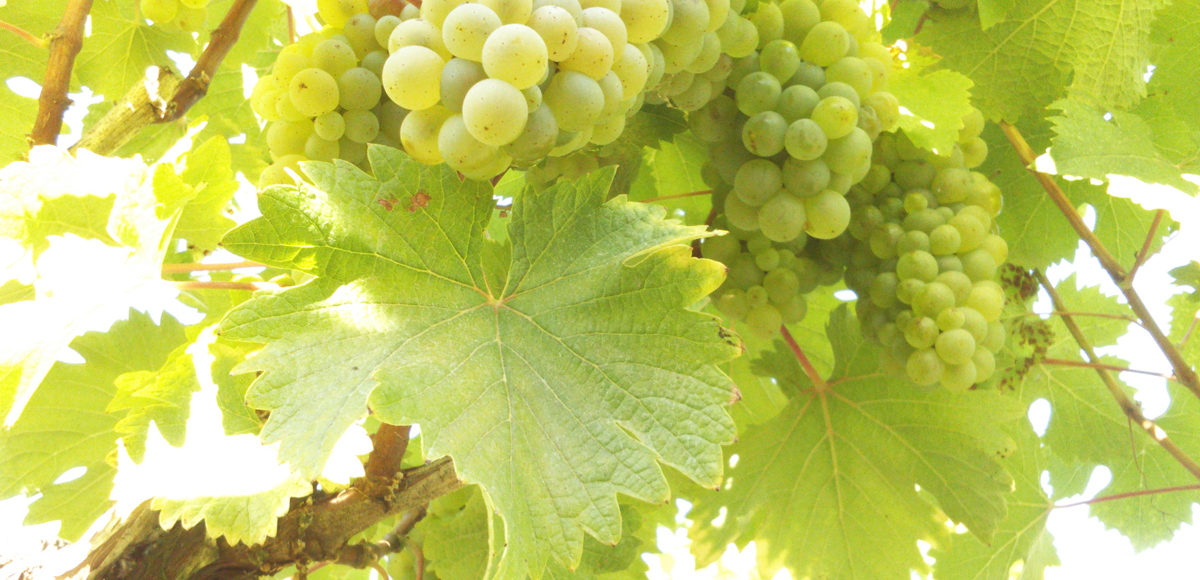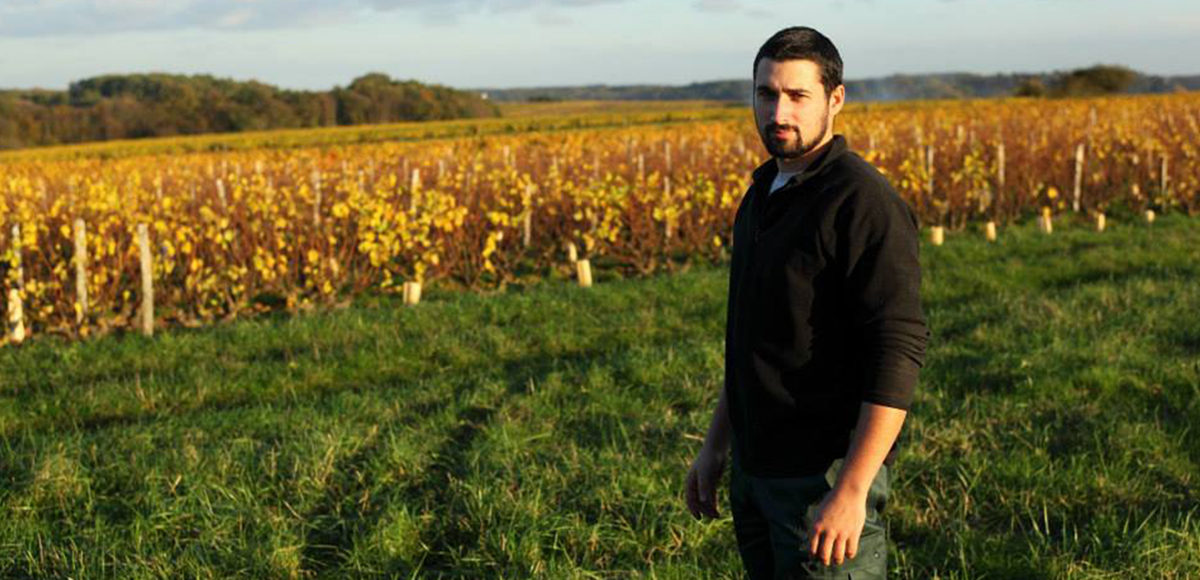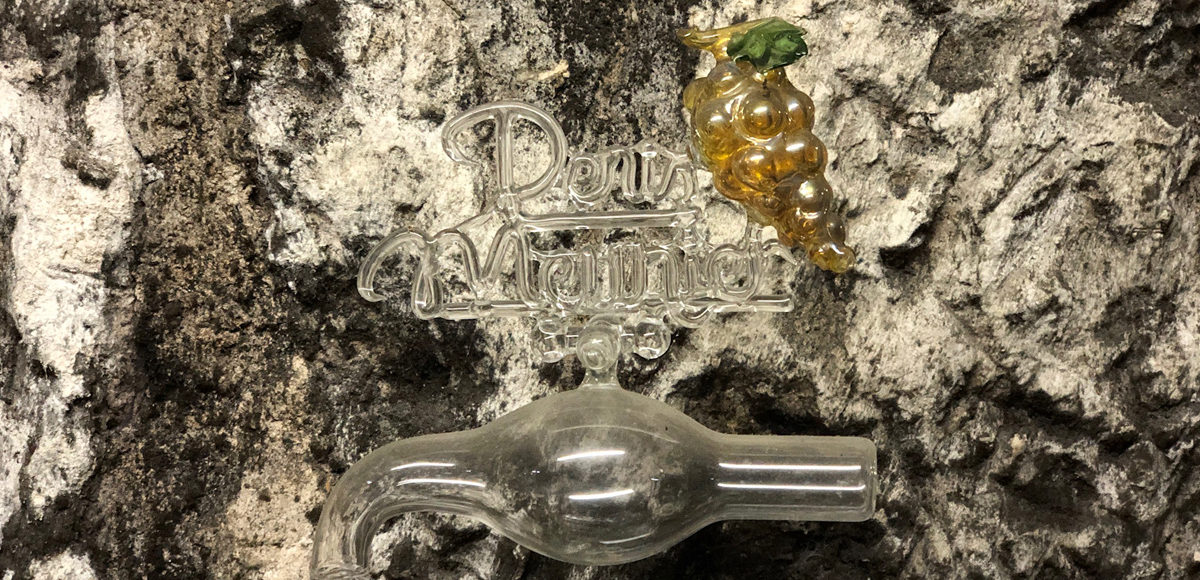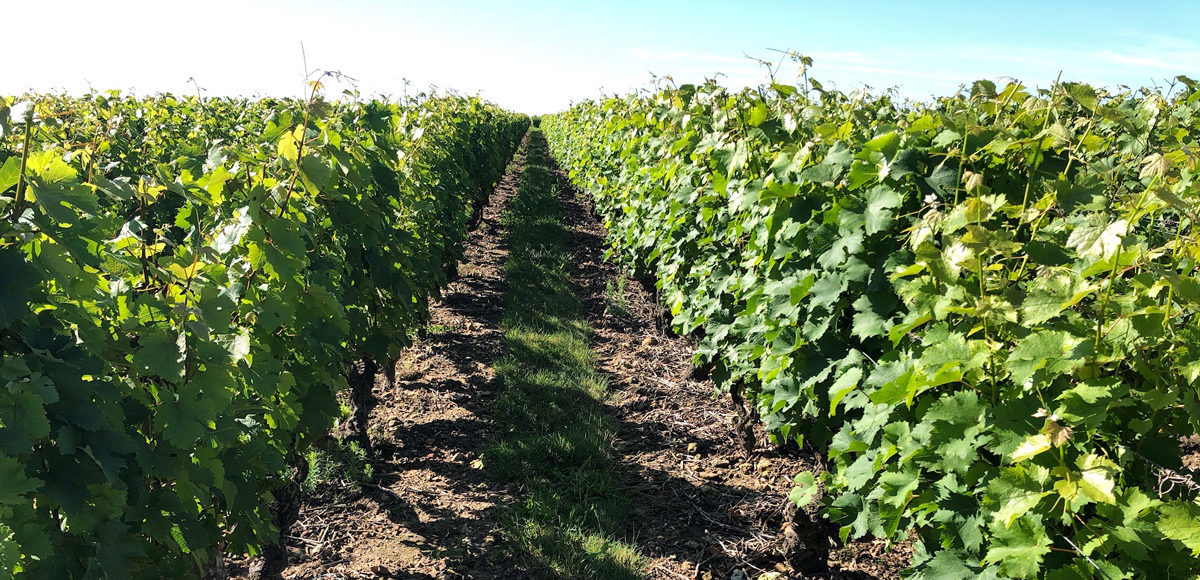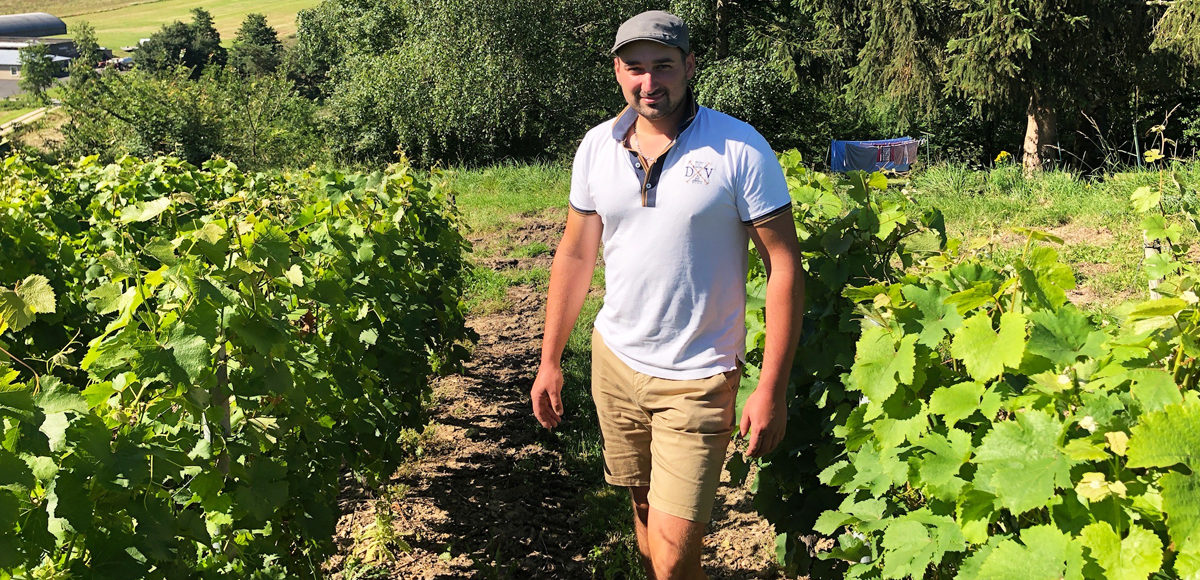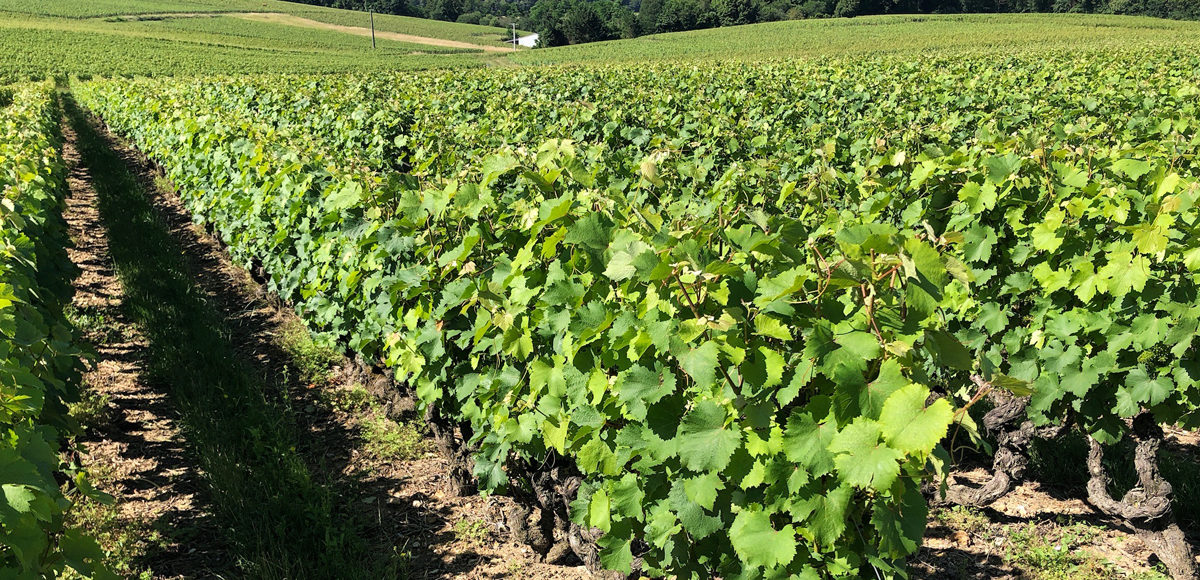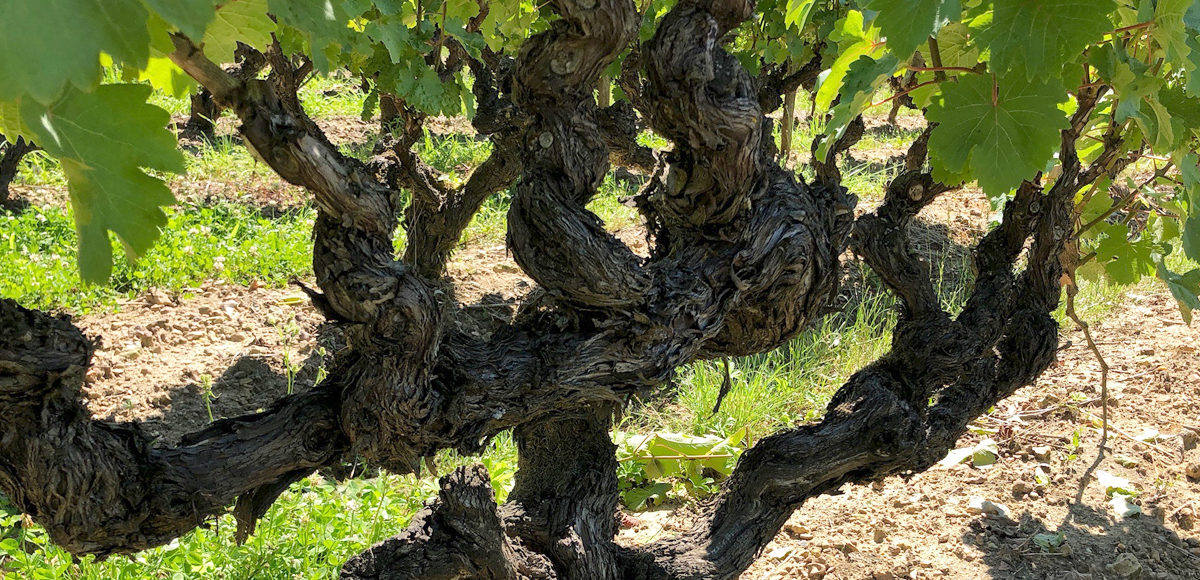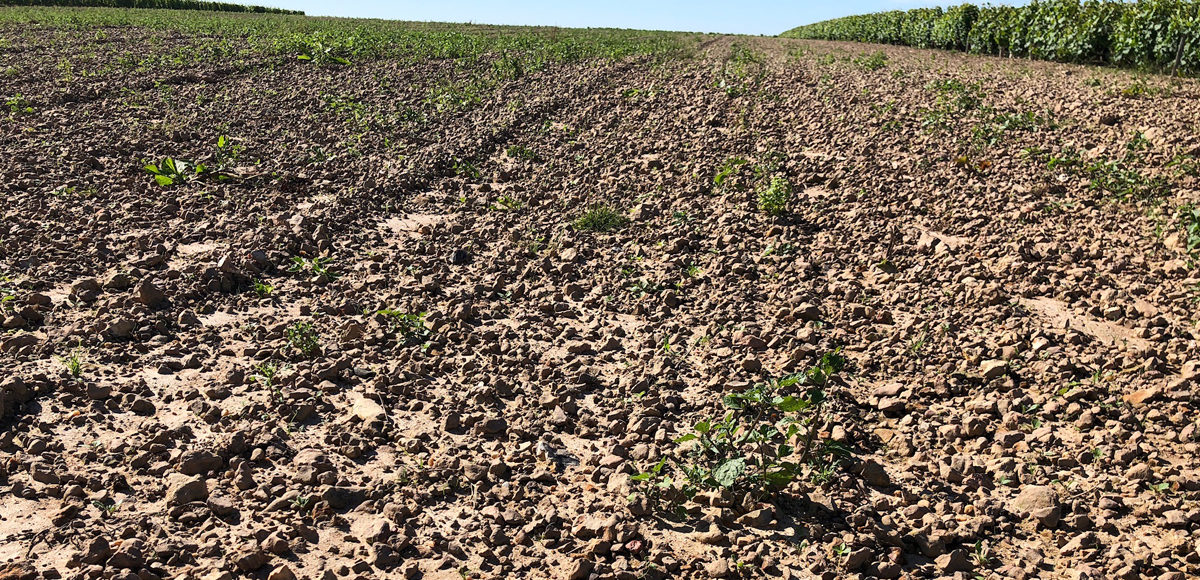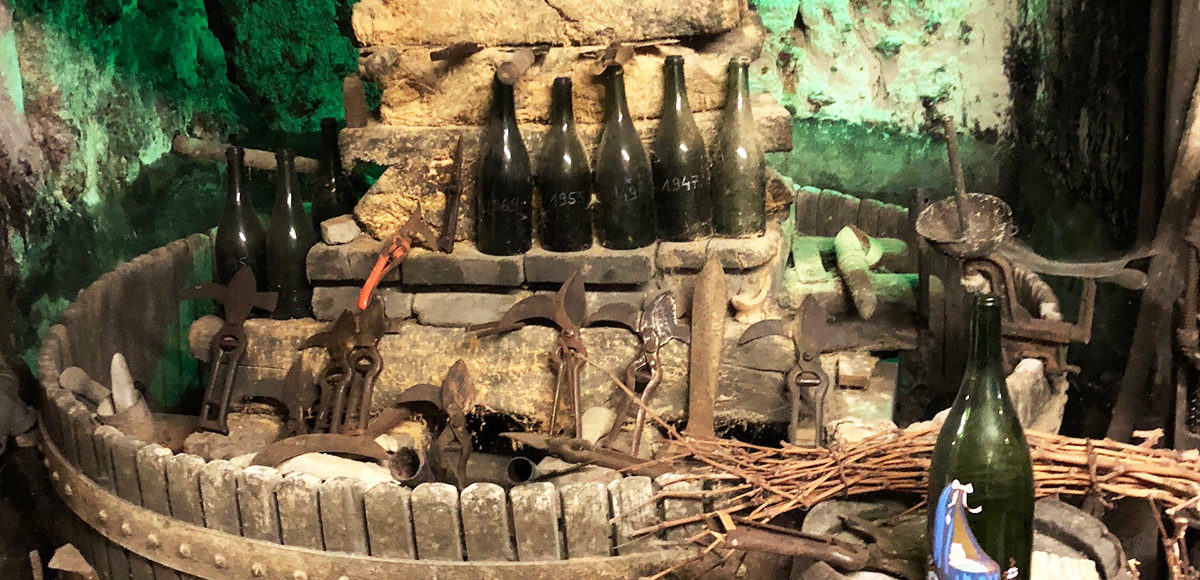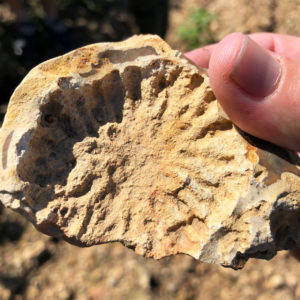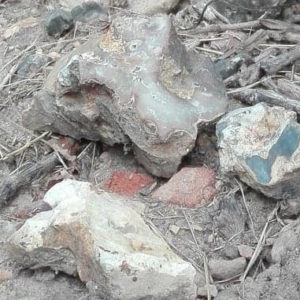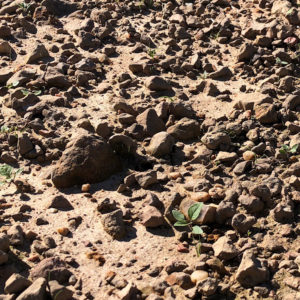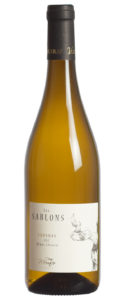“Respect for terroir has always been valued here.” — Denis Meunier
Although Denis Meunier is only 26, his small domaine is one of the most old-school you are likely to see in Vouvray. In 2012, Denis took over 13 hectares of chenin blanc (with vines up to 65 years old) from his father and uncle. Even after a string of heartbreaking vintages early in his tenure, Denis’s vision and dedication are unshaken. He is moving the domaine toward organic farming, with a resolute “respect for terroir” — in his case, the distinctive gravelled tuffeau and clay-silex soils of Vernou-sur-Brenne. Recent investment in more sophisticated equipment is allowing Denis to work with much greater precision on the press pad and in the cellar. The results are pure, crisp, lively chenins that both harken to a classic Vouvray style and anticipate a long trajectory of terroir-focused winemaking for this driven young vigneron.
Denis Meunier
“The history of the house dates to 1927,” Denis explains, “when my grandfather acquired his first parcels of vines already planted on the way back from the First World War.” Denis’s father and uncle ran the domaine for nearly four decades, until 2012, when Denis took over, fulfilling a dream. “I have always wanted to do this job,” Denis explains. “My father let me drive my first tractor to plow the vines at the age of 15.” Now he is driven “by passion and especially by the desire to create my own wines from plot selection.” He and his partner, Estelle, manage the domaine with help in the vineyards from Denis’s father and uncle and a handful of seasonal workers. “Respect for terroir has always been valued here, even in my father’s time,” Denis says. “Today, it’s mostly the material that has evolved. My investments were mainly focused on the quality of the vines and the wine.”
Vouvray
Vouvray is one of the Loire’s great terroirs for chenin blanc. As part of the Paris basin, the soils are largely fossilized marine based. The bedrock, from which the region’s myriad historic cellars are cut, is tuffeau. The topsoils are flinty clay, limestone, gravels, and marls. The climate is marked by the tension between moderate maritime and more extreme continental influences. This, and the fact that Vouvray is traditionally one of the last parts of France to harvest, opens vignerons here to great risk — first, of severe weather, foremost hail (as Denis experienced in the string of vintages between 2014 and 2016, when he and many around him suffered devastating crop losses), later, of disease. The reward is a cool climate that allows both the acid edge and haunting, subtle depth of chenin to develop to maximum potential. Multiple vineyard passes are key to producing the traditional range of styles, from sec to moelleux to sparkling. The wines can fall anywhere between austere and opulent, depending on the ripeness and botrytis levels of the vintage.
Vineyards and farming
Vernou-sur-Brenne, where the Meunier vineyards are clustered just south of a small Loire tributary, is one of 8 villages in the Vouvray AOC. Most of the domaine’s 13 hectares of old-vine chenin are planted on south-facing slopes of varying steepness. On the hillsides, the soils are clay and flint, which yield dry, aromatically refined wines. In some vintages, these vineyards give the base wines for sparkling bottlings. From the gentle clay and limestone slopes come the semi-dry still and sparkling wines. Denis selects the plots he wishes to vinify depending on the character of the vintage. Since taking over, Denis has begun to move the domaine toward organics. Extensive planting of cover crops, green harvest, and leaf pulling are practiced to ensure soil health as well as loose, well-ventilated clusters, adequate sun exposure, and above all to prevent botrytris, which Denis sees as the “number one enemy” of the delicacy and brisk vitality of his wines.
In the cellar
Cellar work is aimed at preserving the tradition of crisp, light, classic expressions of Vouvray. All the wines are given slow, gentle press cycles, followed by spontaneous fermentation in stainless steel tank, with cold settling. Post-fermentation, the wines are racked and allowed long periods on the fine lees, with batônage for some cuvées. The traditional-method “Insolite” spends a minimum of three years sur latte and receives no dosage. The wines typically finish in the style vignerons here call sec tendre, with a few grams of residual sugar to balance acidity and enhance the pure and irrepressible vivacity of the fruit.

